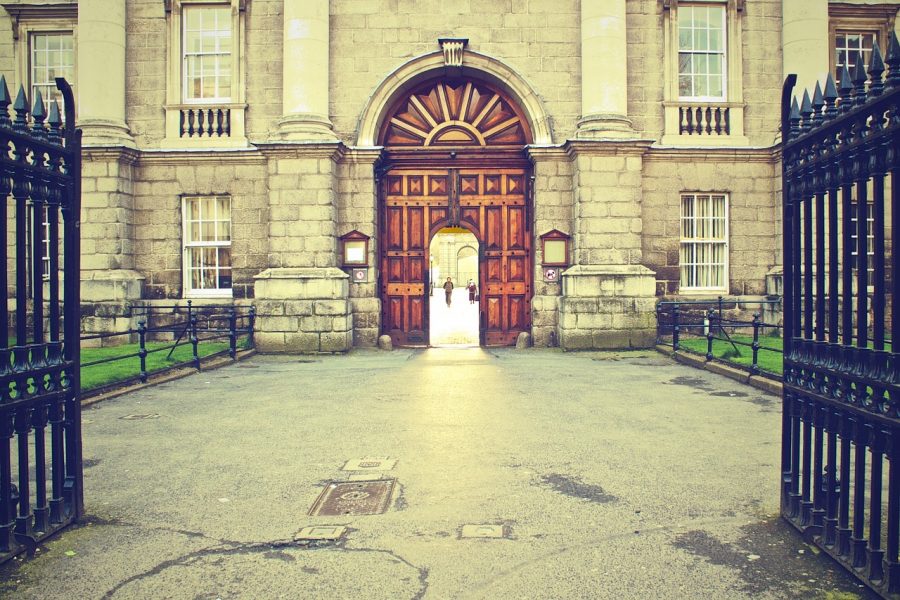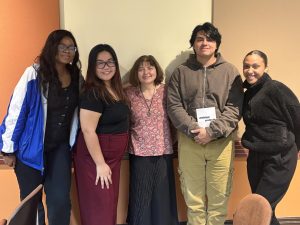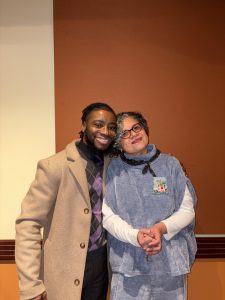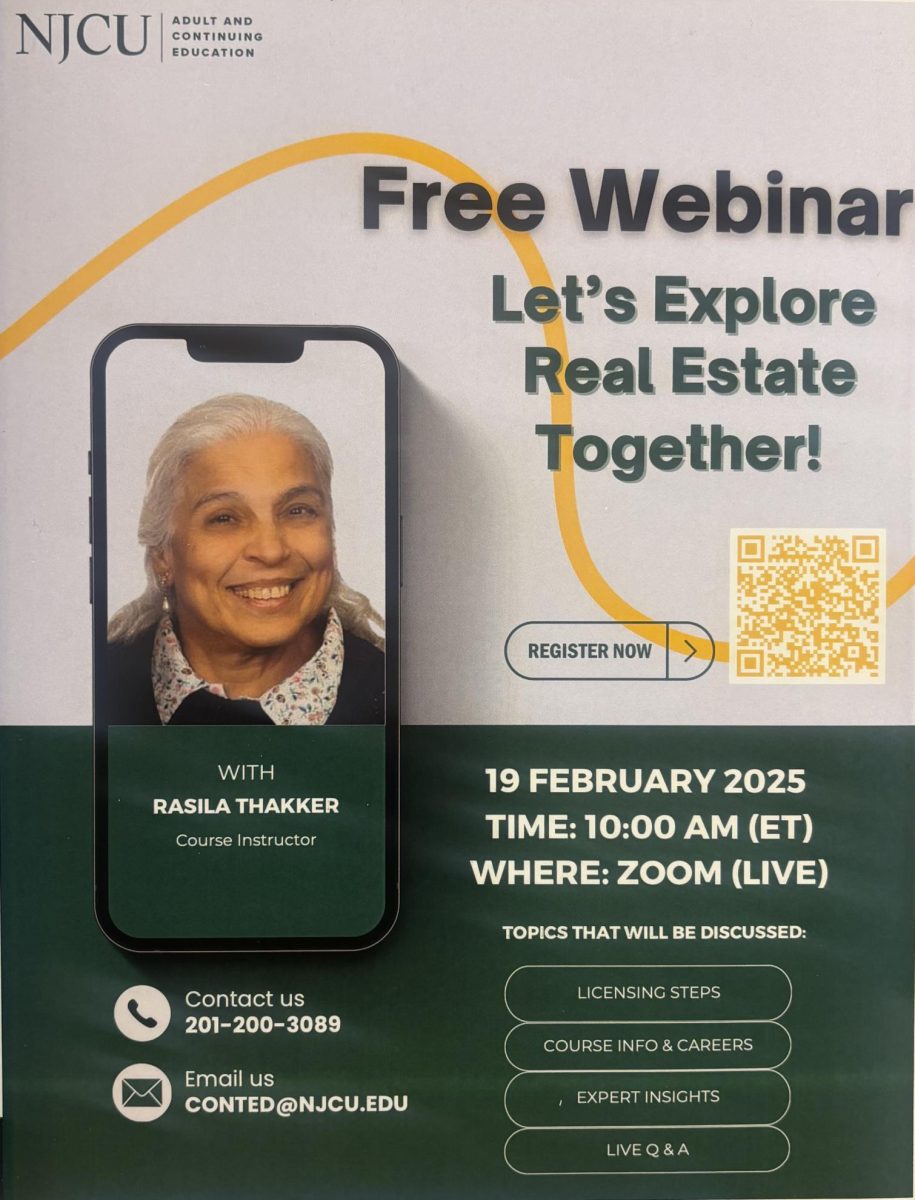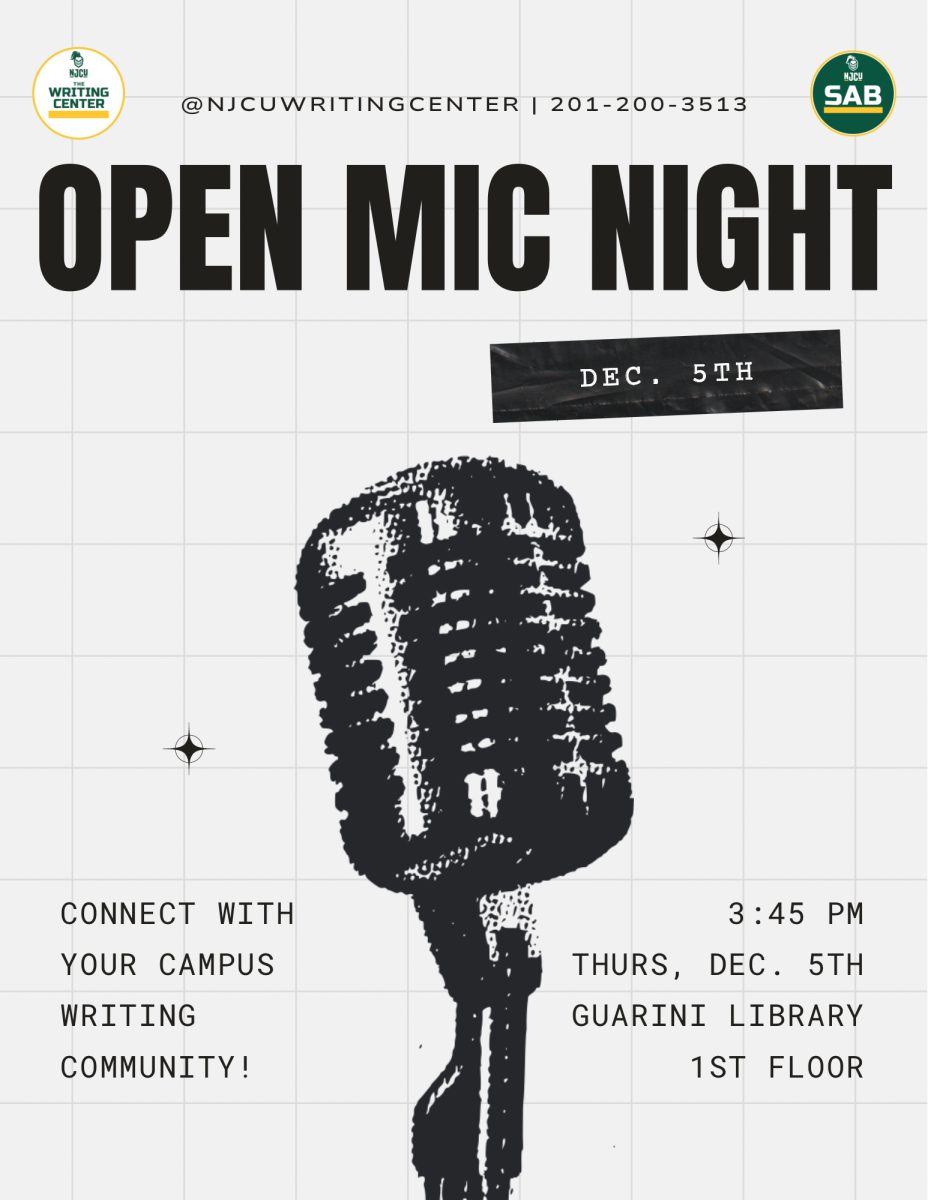Schools Reopening: Where Do We Go From Here?
Colleges are still planning whether to reopen during the fall.
September 4, 2020
As summer comes to a close, every student, teacher, and parent are weighing in on the state of education for the fall semester. A poll conducted by the Kaiser Family Foundation found that close to 66 percent of parents are not in favor of sending their children back. President Trump has stated his support for reopening schools while opposing governors who claim his support is not based on science.
What Do the Experts Say?
Dr. Anthony Fauci, the leading face of COVID-19 medical professionals, said he is in favor of schools reopening so long as there are practices in place to mitigate COVID-19 spread. American Academy of Pediatrics (AAP) has also issued a statement on reopening schools.
“The AAP strongly advocates that all policy considerations for the coming school year should start with a goal of having students physically present in school.”
They claim the risk of at-home learning will lead to an increase not just in depression but in suicide rates. While away from school and supportive social services, it becomes difficult for schools and teachers to recognize physical or sexual abuse, depression, illegal drug use, and suicidal contemplation.
While many parents worry about children spreading COVID-19, one study found that child-to-adult transmission was relatively uncommon. The Children and the Dynamics of Infection in Families concluded children were not a major vector of COVID-19 transmission based on a sample size of 4310 patients.
Nick Coatsworth, Australia’s Deputy Chief Medical Officer, claims child-to-child and children-to-adult transmission is far less than the seasonal flu, and distance learning should not be used as a means to control COVID-19 spread.
Research on how effective at-home instruction is compared to in-person instruction does not look good either. In Los Angeles, on a daily basis, 25-33 percent of students would not even log in. About 11 million students nationwide do not have a computer at home, according to the National Center for Education Statistics.
It should be noted that some health officials do not believe that returning to school is a universal answer. Dr. Andrea Garcia, the senior policy analyst for the American Medical Association (AMA), has heeded caution that in COVID-19 hotspots a return to school is not advisable.
What is Our Plan?
In early August, New Jersey Governor Phil Murphy signed an executive order that allows all schools Pre-K through 12th grade and universities to enable in-person instruction. In other words, the decision ultimately falls on the schools themselves on whether or not to reopen. However, schools will now be required to offer students the option to continue at-home learning. Most Hudson County schools, including Jersey City Public Schools, have made a full transition to remote education. As of early September, the Jersey City Board of Education will make a decision in October whether public schools will reopen for the second marking period. NJCU has given a comprehensive reopening plan to each student.
When asked about the status of the schools reopening, NJCU’s provost, Dr. Tamara Jhashi had this to say, “We are alert to all the changes currently being discussed at the state level and will design our fall plans according to the Office of the Secretary of Higher Education (OSHE) in New Jersey. What is clear is that the majority of our courses will be online; however, we hope to offer a mix of in-class sections in areas that require them (nursing, art, music, science) and hybrid classes for those that benefit from high-touch experience (especially first-year college students).”
In contrast, during a Board of Trustees meeting in early-August, there was a survey by faculty in which the majority were not in favor of in-person instruction for the fall semester.
NJCU has expressed its new high levels of cleaning and sanitizing. Any student, faculty, or staff must have a face covering on at all times while on campus as well as social distancing.
Schools In Other States
Teachers’ unions across the nation have expressed they are not in favor of going back.
In L.A., the second-largest school district in the U.S., teachers have threatened to go on strike and have given demands. Amongst these demands are a temporary ban on private schools, putting universal healthcare into place, and defunding the police. Many skeptics say the strike is not in the name of safety but politics.
In Washington state, it is being considered that students of color, with disabilities, and dealing with poverty be given priority to in-class instruction. In this plan, the purpose would be for educational justice.
Suffice to say this year of schooling will be like no other year in history. As long as proper COVID-19 prevention guidelines are issued and practiced, a return to school is not a far stretch of the imagination.



